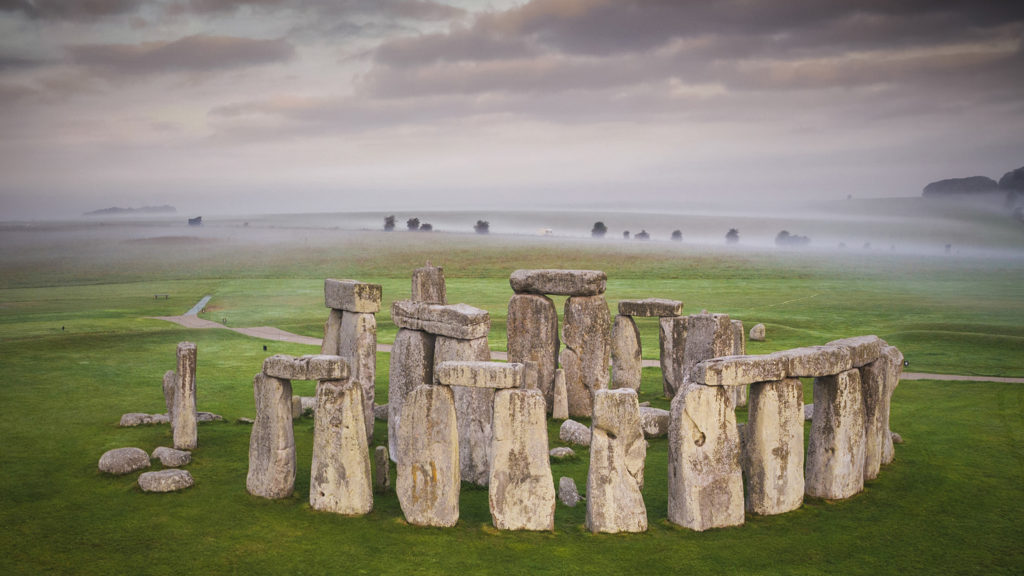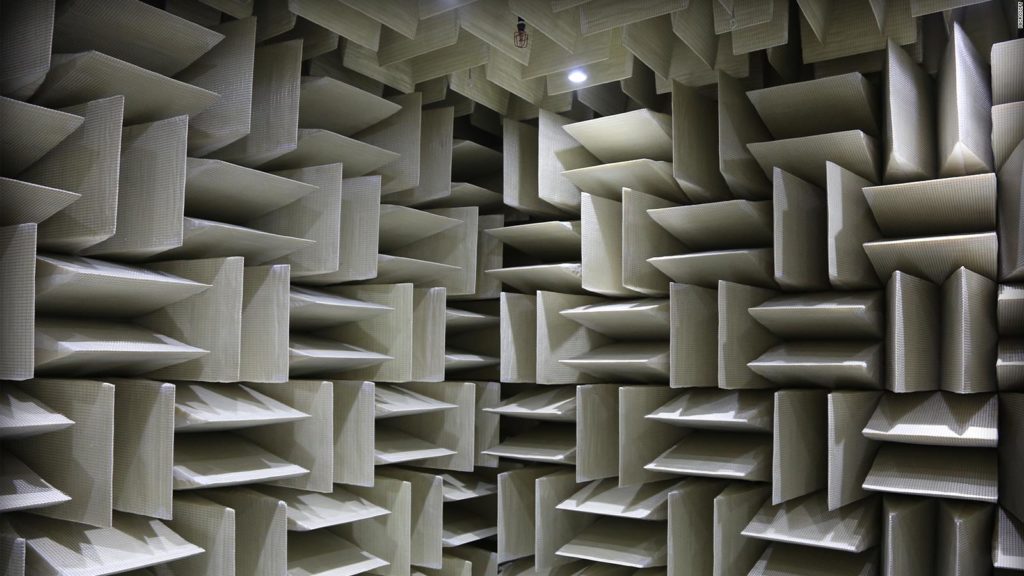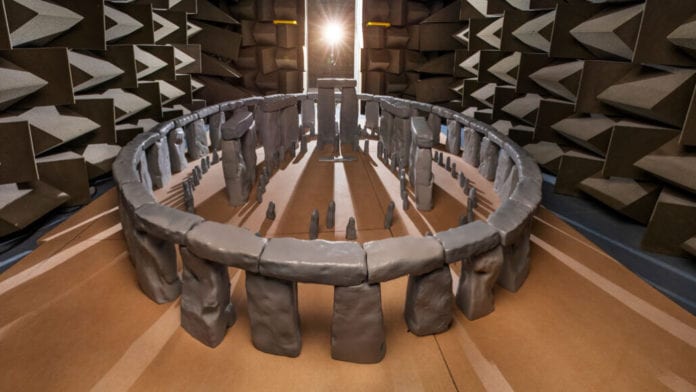The Stonehenge is a truly mysterious ruin left behind by the ancient inhabitants of modern-day England. The true purpose of this monument is still unknown to this day. This carefully arranged structure of stones is a sight to behold, and it attracts heaps of tourists from around the world. The structure now lies in ruins, with most of the stones having been displaced from their original site and broken off. However, we know what the completed structure would have looked like back when it was being used by the ancient civilization that inhabited those lands.

A new study has concluded that Stonehenge created an acoustic space for anyone who was standing inside the big circle formed by the stones. The specific arrangement of the stones would have improved the sound of any music being played for people standing inside the circle. The special thing about Stonehenge is that whatever sound was being produced inside, whether it was music or a speech, it would not have spilt out of the circle. Even the people standing just outside the circle would not have been able to hear the sounds.
Acoustical Engineer Trevor Cox carried out the study to determine the acoustic signature of the Stonehenge. He utilized laser scans of the site and other archaeological evidence to create a mockup, one-twelfth the size of the real thing. This particular choice of the scale was made because it was the largest one that could fit inside an acoustic chamber.
The chamber simulated the open landscape that surrounded the Stonehenge and the compacted ground inside it. Cox called it the Stonehenge Lego. The model was made assuming that the outer circle consisted of only 30 stones. The entire monument today has 63 complete stones and 12 other stones in fragments.

The team placed speakers and microphones at multiple locations inside the model to simulate the production and hearing of sound at different locations. What they found out was that the reverberation time was 0.6 seconds. This means that the structure boosted the ability to hear voices and other sounds. The structure did not project sound into the surroundings nor did it boost the sounds coming from outside. The structure was also well suited to block any echos that might form due to the sounds which were produced inside. The inner groups of stones scattered the sounds so that minimal echo could be produced.
Multiple acoustic studies have been carried out concerning this ancient monument. However, none were so wide-ranging in their tests. Stonehenge could very well have been used for some obscure purpose, but modern scientific analysis has confirmed, whatever sound was created at Stonehenge stayed at Stonehenge.
Further Reading:



great blog.